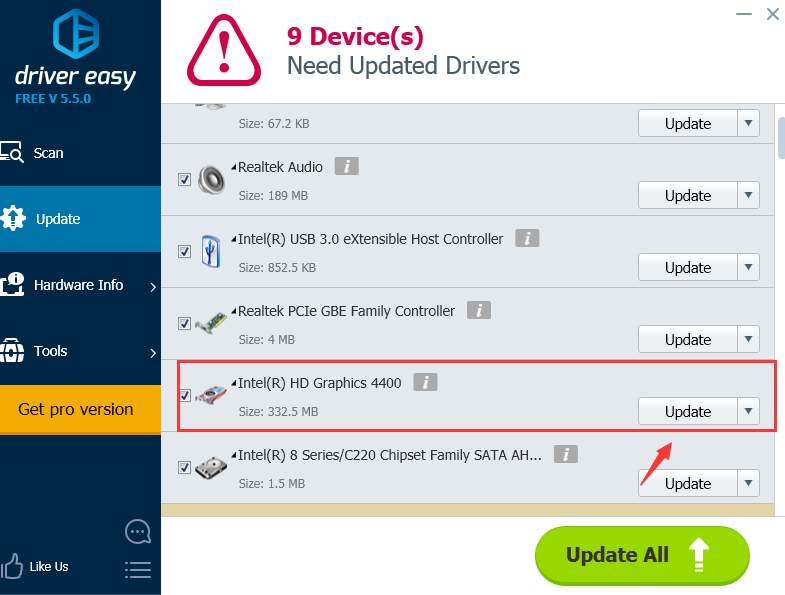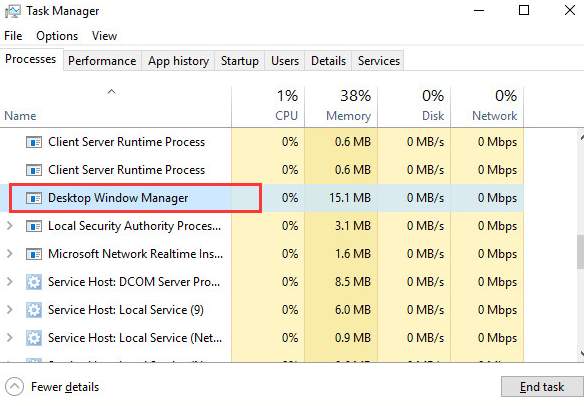If you’re on Windows 10 and you suspect that your CPU or Memory usage is way off the chart, and you find the culprit seem to be an item called Desktop Window Manager, you’re not alone. Many Windows users are reporting this problem as well. No worries, it’s possible to fix.
Here are 3 fixes for you to try. You may not have to try them all; just work your way down until you find the one works for you.
What is Desktop Window Manager (dwm.exe)?
Desktop Window Manager (or used to be known as dwm.exe in Windows 7 and previous builds) is a Windows process that helps you manage the visual effects on the desktop.
In Windows 10, visual effects such as glass window frames, 3D window transition animations, high-resolution support and others are rendered with the help of Desktop Window Manager process.
The operation of Desktop Window Manager requires a certain level of hardware acceleration as a way to create smoother animation, which would occupy quite some percentage of your system CPU or Memory usage.
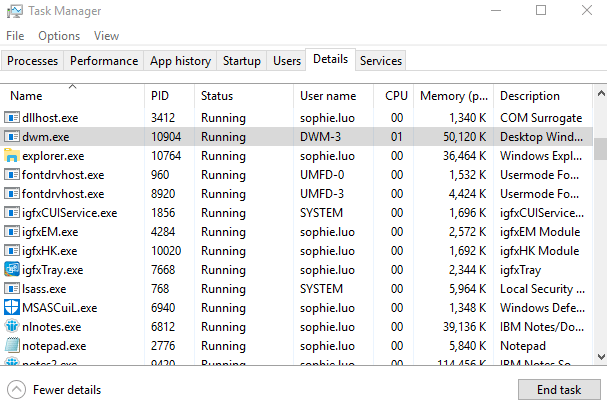
1: Change theme or wallpaper
Hardware acceleration is usually used for Desktop Window Manager to work more smoothly. If you constantly see that this process is taking up too much of your CPU or memory, you need to make some changes in your Personalization settings.
1) On your keyboard, press the Windows logo key and I at the same time. Then click Personalization.

2) Select from the left side of the pane the settings that you want to change. You may need to change them one by one, Background picture, Colors, Lock screen and Themes, to see if the problem goes away.
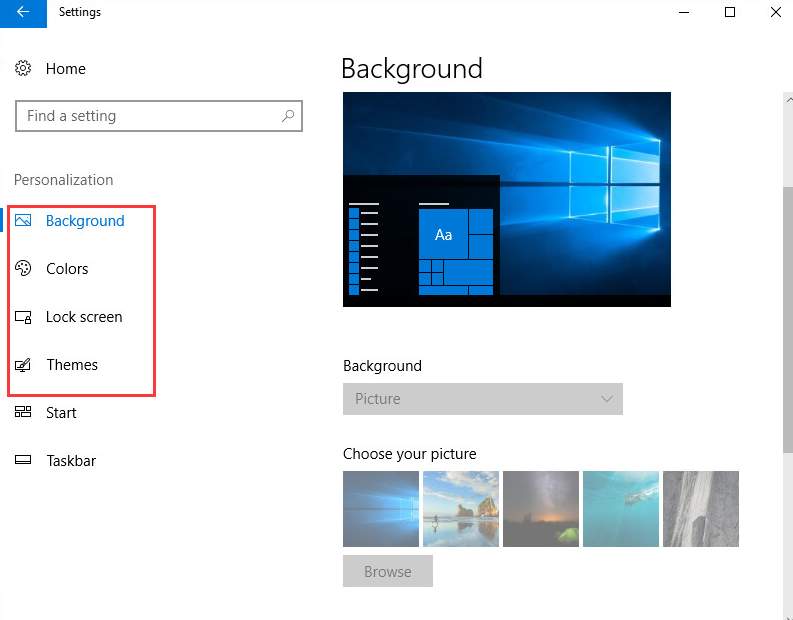
3) If you have activated Screensaver, you need to disable it temporarily to see if the problem disappears.
If necessary, please try switch to Basic Theme, which will greatly reduce the load on your system and the battery.
2: Run Performance Troubleshooter
Performance troubleshooter helps you optimize your PC performance. To some extend, it reduces the workload for Desktop Windows Manager. To run it:
1) On your keyboard, press the Windows logo key and X at the same time, click Command Prompt (Admin).
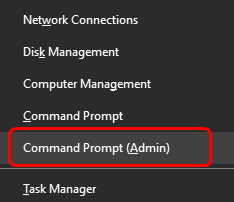
If prompted with administrator permission, click Yes to continue.
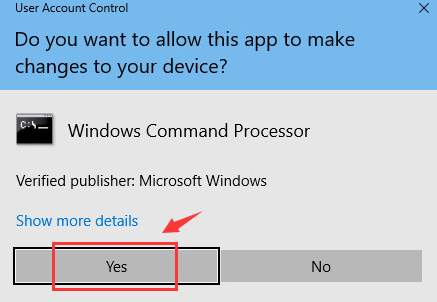
2) Type the following command:
msdt.exe /id PerformanceDiagnostic
Press the Enter key on your keyboard. You’ll see the Performance Troubleshooter window. Click Next to continue.
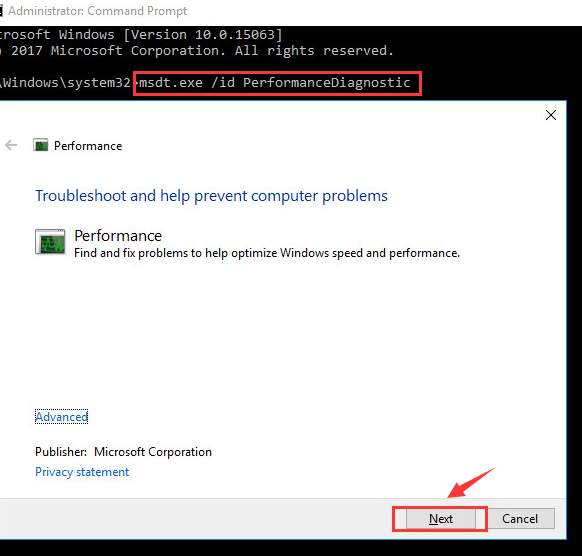
3) Wait for the troubleshooting process to finish.
3: Update Display Drivers
If, after trying the above, your PC is still running slow, it’s time to update your device drivers.
If you don’t have the time, patience or computer skills to update your drivers manually, you can do it automatically with Driver Easy.
Driver Easy will automatically recognize your system and find the correct drivers for it. You don’t need to know exactly what system your computer is running, you don’t need to risk downloading and installing the wrong driver, and you don’t need to worry about making a mistake when installing.
You can update your drivers automatically with either the FREE or the Pro version of Driver Easy. But with the Pro version it takes just 2 clicks (and you get full support and a 30-day money back guarantee):
1) Download and install Driver Easy.
2) Run Driver Easy and click the Scan Now button. Driver Easy will then scan your computer and detect any problem drivers.
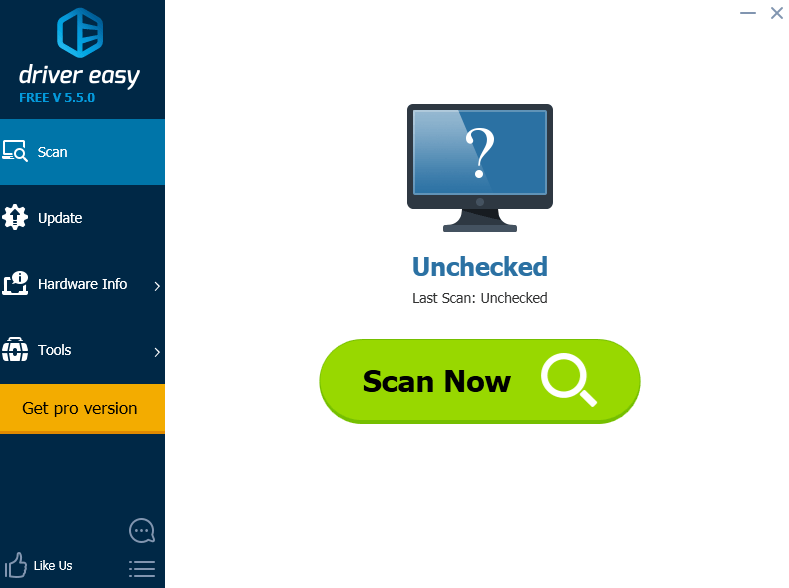
3) Click the Update button next to the flagged graphics card device to automatically download and install the correct version of this driver (you can do this with the FREE version).
Or click Update All to automatically download and install the correct version of all the drivers that are missing or out of date on your system (this requires the Pro version – you’ll be prompted to upgrade when you click Update All).
